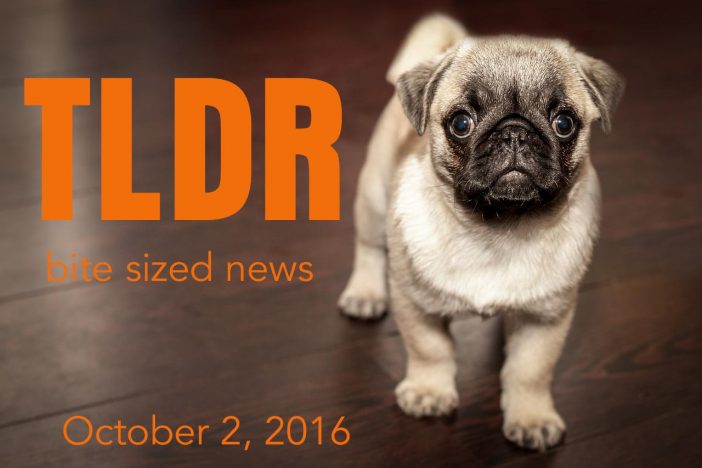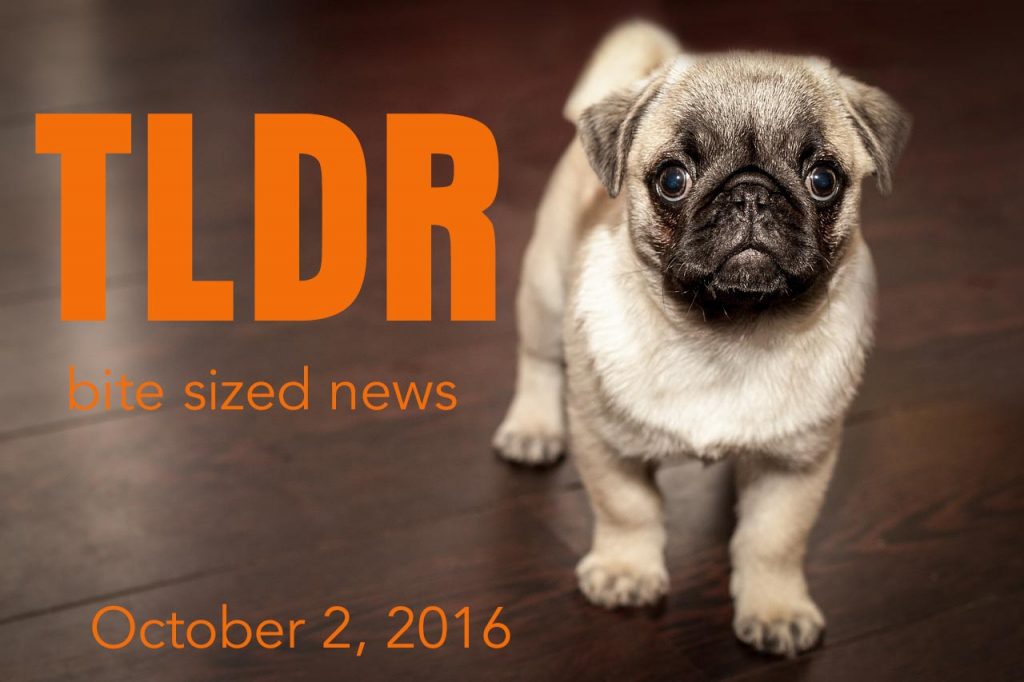

We know that not everyone spends as much time online as we do, but we also know you still want to be up to date on the latest veterinary and animal news. You just need to do it fast. Enter: Too Long Didn’t Read, a brief summary of some of the more interesting articles to cross our desks recently. In today’s bites, we’ve got the scoop on how cats have really been playing the long game when it comes to making us their loyal subjects, the world’s luckiest goldfish, a new take on Dr. Ed and more. Now, you can mill around the water cooler and discuss something besides whether or not you’d tell your colleagues when they have “a puppy in the kennel.”
This goldfish is worth more than his weight in gold. For real. Conquer, a 1-year-old goldfish in Queensland, Australia, tried to eat a pebble that was a little too large for his two-inch long body and he began to choke. His owner got him to the vet right away, where the doctors were able to sedate him by dripping anesthetic into his water, then tilting his mouth slightly out of the water so they could use forceps to remove the offending stone. The procedure cost around $365 USD — a pretty penny more than the $9 Conquer’s owner originally paid for him. But that’s the price of love, right? —Get more at The Courier Mail
Does this make things clearer? A new contrast agent is allowing veterinarians to get a better look at suspicious masses in CT imaging — including tumors in the liver that are often very tough to see. This contrast agent is an iodine-infused bubble, 50 times or more smaller than a red blood cell, and it was tested in the CT scans of 13 dogs who were suspected of having cancer. It was an effective change, and one that might make it easier for vets — and human doctors — to catch metastasizing cancer early on. —Get more at Cummings Veterinary Medicine
That’s it. No more horsing around. Not now that we know horses can communicate — to an extent — using symbols. Twenty-three horses (all riding horses but various breeds) were taught by scientists to look at a display board with symbols for “blanket on,” “blanket off” and “no change.” They were then tested in various types of weather to see how well they understood what those symbols meant, and the results strongly indicated that the horses totally got it. Now the obvious question: What should we ask them next? —Get more at Science
Time to play Free Bird. That’s because a bald eagle who was treated for trauma-related injuries at UC Davis for two months — and initially believed to so badly injured that he’d have to be placed in an educational program in captivity even after he’d healed — has been released into the wild. He began proving a feisty patient early on, removing two pins and a fixator from his mandible just six days after surgery, and he gained strength quickly as his health improved. He wasted no time on his release day, flying from his transport cage the moment it was opened. —Get more at UC Davis Veterinary Medicine
Before they ruled the Internet, cats were already busy taking over the world. Like, way before, as it turns out, according to researchers from the Institut Jacques Monod in Paris, who presented the results of a study on the evoloution of the domesticated cat at the 7th International Symposium on Biomolecular Archaeology in Oxford, UK. They found that cat populations grew in two waves, with some finding themselves at home with farming communities and others living that Viking life with sea-faring folk. No word on whether the kitties on board were given tiny Viking helmets, although we can probably all agree that they should’ve been. —Get more at Nature